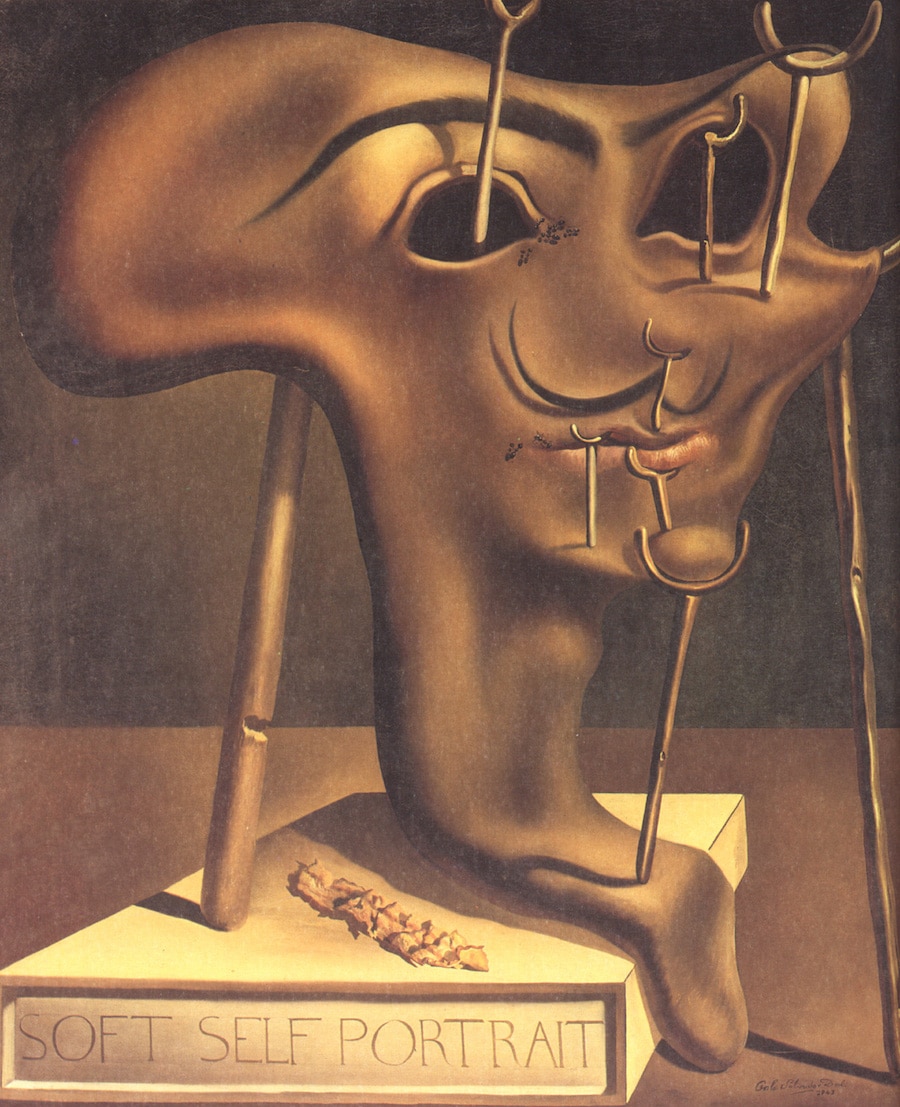

Van Gogh painted this self-portrait after his relationship with Gauguin boiled over.

Van Gogh admired him a lot, calling Rembrandt the “magician of magicians.” Maybe Rembrandt’s path was one that Van Gogh wanted to follow. One of the Van Gogh’s artistic idols was Rembrandt van Rijn, who created around 100 self-portraits. There is one more clue that could give us more light into Van Gogh’s self-portraits. The artist was chronically poor and simply didn’t have money to pay for models – he had to paint himself instead. We may think that Van Gogh must have been vain since he painted himself so often. People say – and I’m quite willing to believe it – that it’s difficult to know oneself – but it’s not easy to paint oneself either. Self-Portrait without Beard, 1889 Vincent van Gogh, Self-portrait without Beard, 1889, private collection. But since then I have begun another one, three quarter length on a light background.ĩ. It is dark violet–blue and the head whitish with yellow hair, so it has a color effect. One I began the day I got up I was thin and pale as a ghost. So I am working on two portraits of myself at this moment-for want of another model-because it is more than time I did a little figure work. They say-and I am very willing to believe it-that it is difficult to know yourself-but it isn’t easy to paint yourself either. In a letter to his brother Theo written in early September 1889, he observed: This painting is the first work he produced after recovering from that episode. Incapacitated for five weeks and greatly unnerved by the experience, the artist retreated to his studio, refusing to even go out to the garden. But, in early July 1889, while Vincent was painting in the fields near the asylum, he suffered a severe breakdown that could have been a symptom of epilepsy. In the first months of the artist’s voluntary internment at the asylum, the artist mostly painted the surrounding landscape. This canvas is one of the very last self-portraits painted by Van Gogh. Vincent van Gogh, Self-portrait, 1889, The National Gallery of Art, Washington, DC, USA. On the right we see a Japanese print: Van Gogh loved Japanese art and used it as an inspiration many times. His facial expression is still and melancholic. Van Gogh is in his studio, wearing his overcoat and a hat. The artist used a mirror for his self-portraits, which is why some mistakenly think that he lost part of his right ear instead of his left. Van Gogh painted this self-portrait shortly after he returned home from the hospital, having mutilated his own ear. Vincent van Gogh, Self-Portrait with Bandaged Ear, 1889, The Courtauld Gallery, London, UK. He remembered little of the tragic incident with Gauguin, but one thing was clear to him: the dream of the commune of artists had crumbled to dust. Van Gogh appears tired and disillusioned. What distinguishes these portraits from those that came before is a dramatic change in the artist’s look. Van Gogh painted this self-portrait probably while still hospitalized after the incident, as the artist is shaven and neat. Vincent van Gogh, Self-portrait with Bandaged Ear, 1889, Stavros Niarchos Collection, Athens, Greece. Self-Portrait with Bandaged Ear and Pipe, 1889 This self-portrait was created for Paul Gauguin as part of a swap between the artists, before the whole story happened.Ħ. He was subsequently hospitalized and confessed to having no recollection of what happened during this fit. Van Gogh had severed an artery in his neck, and was in grave health after losing so much blood. When Gauguin returned the following morning, he discovered that the police had arrived at the house, and blood was splattered in every room. In a state of excitement, he then brought the dismembered lobe to the Maison de Tolérance bordello where he presented it to a prostitute named Rachel. During one of their arguments, on the evening of December 23, 1888, Van Gogh had a seizure during which he threatened Gauguin with a razor only to then injure himself, severing part of his left ear. In Arles, Vincent and Gaugin quarreled often, sometimes violently. But, not everyone knows the exact how and why of its happening. The story of Vincent van Gogh’s self-mutilation (cutting off his own ear) has become a defining part of Van Gogh’s place in pop culture.

Vincent van Gogh, Self-Portrait (Dedicated to Paul Gauguin), 1888, Fogg Museum, Harvard Art Museums, Cambridge, MA, USA.


 0 kommentar(er)
0 kommentar(er)
